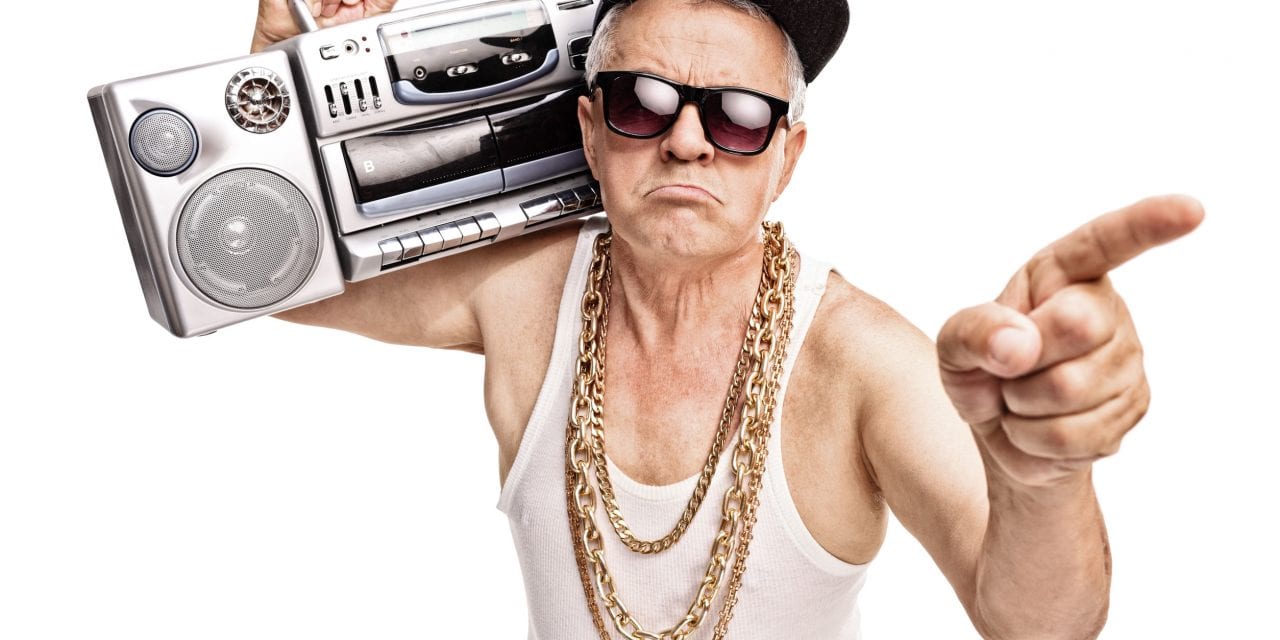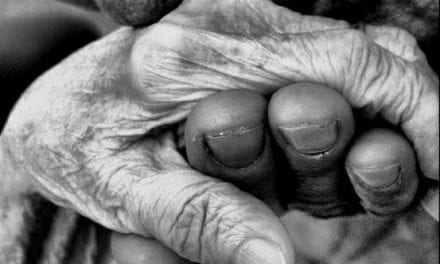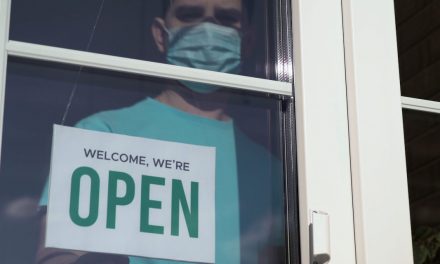Can you deliver?
By Susan Saldibar
Music is important to all of us. What an understatement, right? But seriously, who doesn’t have a favorite playlist, even if only in your head? I can’t imagine living without mine; if only to get me through insane So Cal traffic on my way home at night. Am I going to stop caring about music when I’m in my 70s, 80s and 90s? No way. I’ll care more.
So how is senior living keeping the playlists going for residents? Or are they? I spoke recently with Miles McCollum, Director of Sales for LifeShare Technologies (a Senior Housing Forum partner) who told me some of the cool things they’re doing for their client communities through their partnership with Coro-Health Therapeutic Music and Faith.
The partnership provides not only multiple playlists, but a lot of flexible options all geared towards improving quality of life for residents, by bringing better and more relatable music to their days. Miles tells me that residents are pleasantly surprised by the on-demand availability of their favorite tunes. But, apparently many residents don’t even ask about music when they move into assisted living or memory care community. And, according to Miles, it’s not because they don’t want it. It’s because they don’t think they have any choices. They’re expecting endless loops of Mantovani running in the background (if you don’t know who he is, count yourself lucky). And that’s about it. So, they don’t even ask.
Benefits of Music
As you probably know, music is not only important to residents who are still sharp with high cognitive ability, it’s perhaps even more important for those with memory loss. The Alzheimer’s Association lists a few key positive impacts of music for those with dementia:
-
Promotes a positive change in mood.
-
Provides a greater sense of control over one’s self.
-
Enables better management of pain and discomfort.
-
Stimulates interest when other methods prove ineffective.
-
Promotes an opportunity for social interaction.
Maybe that’s why you hear these stories about people in mid to later stages of Alzheimer’s who seem to come alive when they hear an old song they loved in their youth.
Miles reminded me of one such story about a woman in the later stage of Alzheimer’s living in a memory care community. Nothing seemed to keep her from wandering restlessly throughout the night. When the staff found out she had been an accomplished pianist in her earlier life, they found a playlist of piano music that had an almost instant calming effect on her.
But, according to Miles, there’s more to bringing music into a community than just piping in random songs you think people will love. Here’s what LifeShare’s music programming provides:
-
No commercials.
-
A web-based interface that makes it easier to organize and create playlists.
-
A huge selection of music and playlists. I noticed they even have 70s stuff. So they’re ready for the silver tsunami.
-
Each TV can be separately programmed and scheduled. That means you can set something more formal for your reception area and have something more fun, like oldies, playing in the recreation room. And, you can schedule playlists in advance. And if you don’t like the music playing or are ready to change things up, designated staff members can pull out their phones or iPads and mix up the music playlist. Whether in a resident’s room, on a common area TV, or in an activity room, music can be played on-demand at any time.
-
It can connect to existing overhead speakers throughout the community, or to added wireless speakers.
-
It’s included with LifeShare, no separate contract needed. Miles tells me this saves communities money on having to establish separate music contracts from third parties. Those third party contracts often have fewer features as well.
If music has so much power over emotions and moods, why aren’t we using it more?
So why isn’t music being used more effectively in senior living communities? They should be showcasing their music and explaining to families the value of music to the emotional and physical health of residents. They should be empowering residents to help choose music and help create playlists.
Maybe your community is already doing some really amazing things with music. Maybe you have a pianist who comes in and plays. Maybe you have Frank Sinatra’s Greatest Hits playing in your dining room. That’s great. But technology can now enable us to use music like never before. Technology allows us to create and share playlists. The upcoming generation of residents was raised on transistor radios. We’re gonna want our music, and we’ll want it our way. Can you deliver?
For more information about LifeShare Technologies, please visit their website.
Download a PDF copy of this article by clicking the button below:









